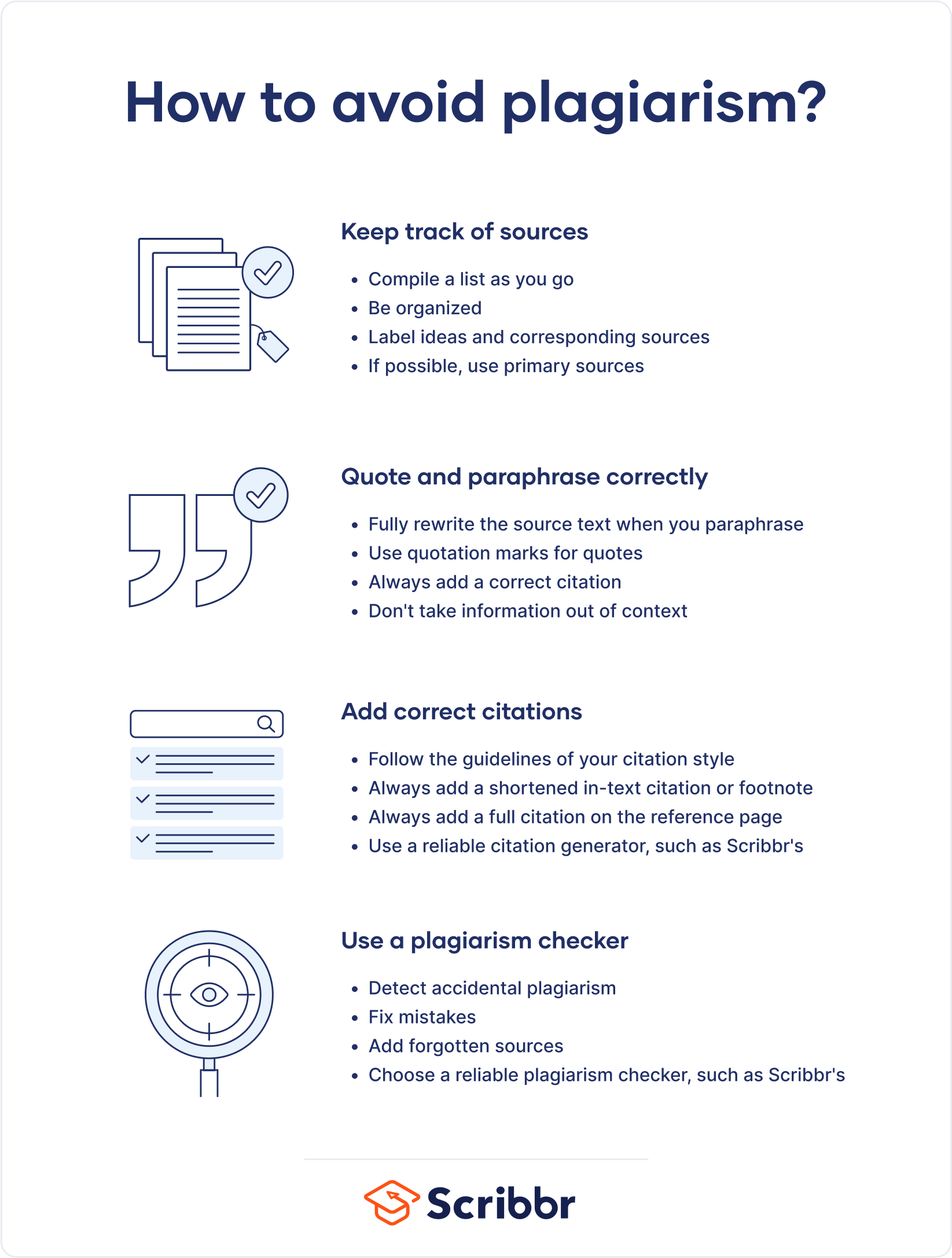Plagiarism Prevention Tips: How to Safeguard Your Academic Integrity
Plagiarism is a serious academic offense that can have long-lasting consequences, including failing grades, damaged reputations, or even legal action. However, with the right strategies and tools, you can avoid plagiarism and ensure your work is both original and ethically sound. This guide will walk you through effective plagiarism prevention tips to help you maintain academic integrity and produce high-quality, original work.

What is Plagiarism?
Plagiarism occurs when someone uses another person’s words, ideas, or work without proper attribution. It’s a form of academic dishonesty that undermines your credibility as a student or researcher. Plagiarism can take many forms, including copy-pasting, paraphrasing without citation, or even self-plagiarism, where you reuse your own previously submitted work without permission or acknowledgment.
Types of Plagiarism:
-
Direct Plagiarism: Copying another person’s work verbatim without citation.
-
Mosaic Plagiarism: Borrowing phrases or ideas from a source without proper attribution.
-
Self-Plagiarism: Reusing your previous work without citing it.
-
Accidental Plagiarism: Failing to cite sources properly, even if done unintentionally.
To prevent plagiarism, it’s crucial to understand these types and how to avoid them.
1. Always Cite Your Sources Correctly
The most effective way to prevent plagiarism is to cite your sources properly. Whether you’re quoting directly, paraphrasing, or summarizing, always give credit to the original author.
In-Text Citations:
Use the appropriate citation style (APA, MLA, Chicago, etc.) to cite the source within the body of your work. For example, in APA format, you would cite like this:
-
(Smith, 2020)
Reference List:
At the end of your work, include a full reference list with all the details needed for readers to find your sources. Proper formatting is essential to avoid mistakes.

2. Paraphrase Effectively
Paraphrasing is an essential skill that allows you to incorporate others’ ideas into your work in your own words. However, even when paraphrasing, it’s important to cite the original source to acknowledge the author’s contribution.
Here are some tips for effective paraphrasing:
-
Read and understand the original text thoroughly before attempting to rewrite it.
-
Use your own words to convey the same message.
-
Cite the source immediately after paraphrasing to ensure proper attribution.
Paraphrasing is a powerful tool, but make sure it’s done correctly to avoid mosaic plagiarism.
3. Use Plagiarism Detection Tools
Plagiarism detection tools are excellent for double-checking your work before submission. These tools compare your writing with millions of sources online and highlight areas that might be unoriginal.
Some popular plagiarism detection tools include:
-
Turnitin
-
Grammarly
-
Plagscan
-
Copyscape
These tools help you catch potential plagiarism issues and ensure your work is truly original. Make it a habit to run your work through a plagiarism checker before finalizing it.

4. Keep Track of Your Sources
As you conduct research, it’s easy to forget where specific information came from. To avoid accidental plagiarism, organize your sources and keep track of which ideas, quotes, or data come from where.
Tips for Organizing Sources:
-
Create a system: Whether it’s digital or on paper, keep track of each source you consult and record essential details like author, title, and page numbers.
-
Use citation management tools: Tools like Zotero, EndNote, and Mendeley can help you organize references and automatically generate citations in the correct style.
By staying organized, you can avoid the risk of accidentally forgetting to cite a source.
5. Understand Common Knowledge
Not everything needs to be cited. Common knowledge refers to information that is widely known and can be found in many sources (e.g., “the Earth orbits the Sun”). Facts that are common knowledge don’t need to be cited.
However, if you are unsure whether something is common knowledge, it’s better to cite it than risk plagiarism.
6. Avoid Over-Reliance on Quotes
While quotes are useful for adding authority to your work, over-quoting can make your writing seem unoriginal. Limit your use of direct quotes to ensure your voice remains dominant in the paper.
When you do use a quote, make sure to:
-
Place it in quotation marks.
-
Provide a proper citation with the source details.
Use paraphrasing and summarizing techniques to integrate information without relying too heavily on quotes.
7. Double-Check Your Work
Before submitting any academic paper or project, make sure to double-check your citations. Ensure every source you referenced in the body of your work is listed in the reference section, and vice versa.
It’s also important to proofread your paper for any overlooked citations or formatting errors that could lead to unintentional plagiarism.
FAQ: Plagiarism Prevention Tips
1. What happens if I commit plagiarism?
Plagiarism can result in severe academic consequences, such as failing grades, expulsion from school, or legal action if the source material is copyrighted.
2. Can paraphrasing still be considered plagiarism?
Yes, paraphrasing without proper citation is still considered plagiarism. Always cite the original source, even if you’re rephrasing the content.
3. What is the difference between paraphrasing and summarizing?
Paraphrasing involves restating specific ideas in your own words, while summarizing involves condensing the main points of a longer piece of writing into a shorter version. Both require citation of the original source.
4. Do I need to cite my own work?
Yes, self-plagiarism is considered a form of plagiarism. If you reuse your own previously published work, make sure to cite it appropriately.
Conclusion
Plagiarism is a serious issue that can have lasting consequences on your academic and professional career. By following these plagiarism prevention tips, you can safeguard your work, maintain academic integrity, and ensure that your research is both ethical and original. Remember, citing your sources correctly, paraphrasing effectively, and using plagiarism detection tools are key steps to avoid unintentional plagiarism.

By adopting these strategies and staying organized, you will not only avoid plagiarism but also strengthen the quality of your work, proving your credibility as a responsible scholar.









